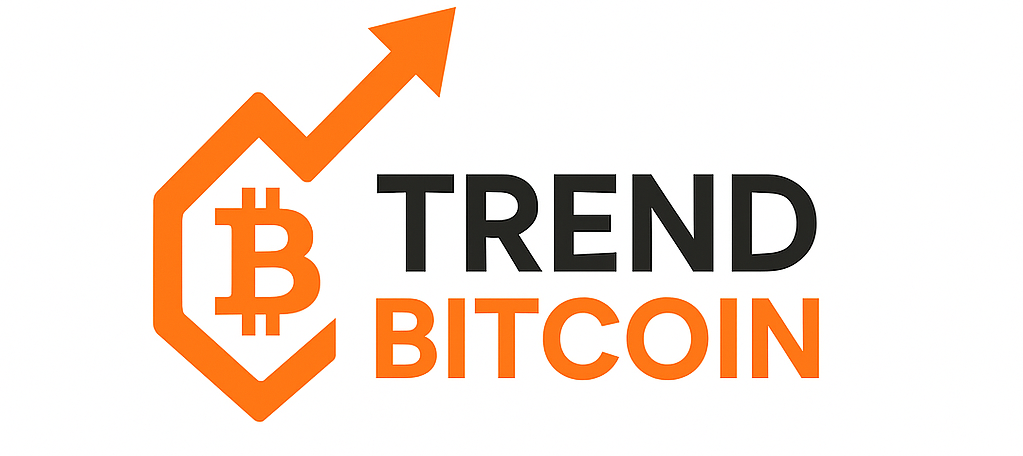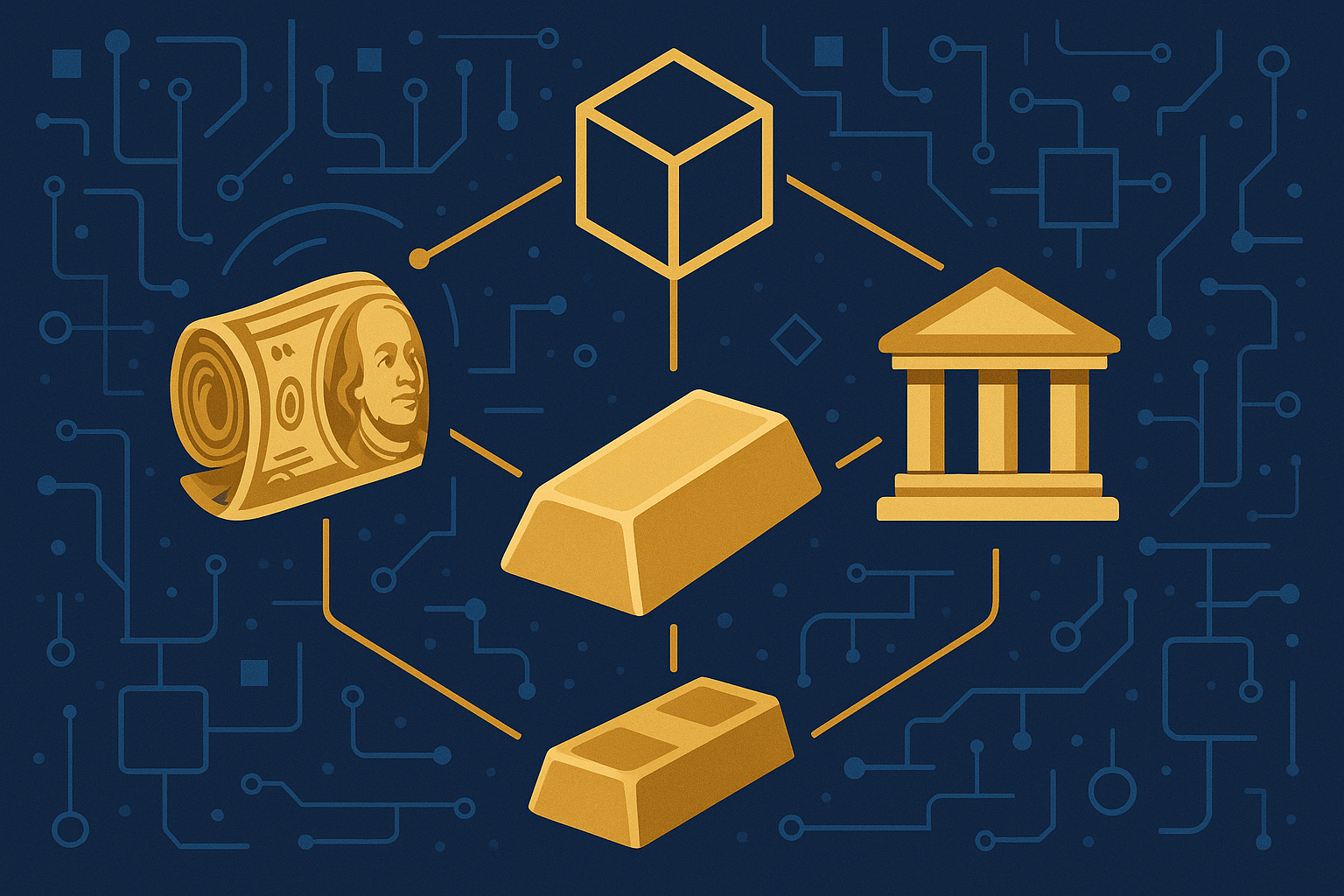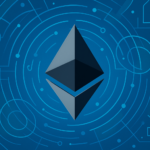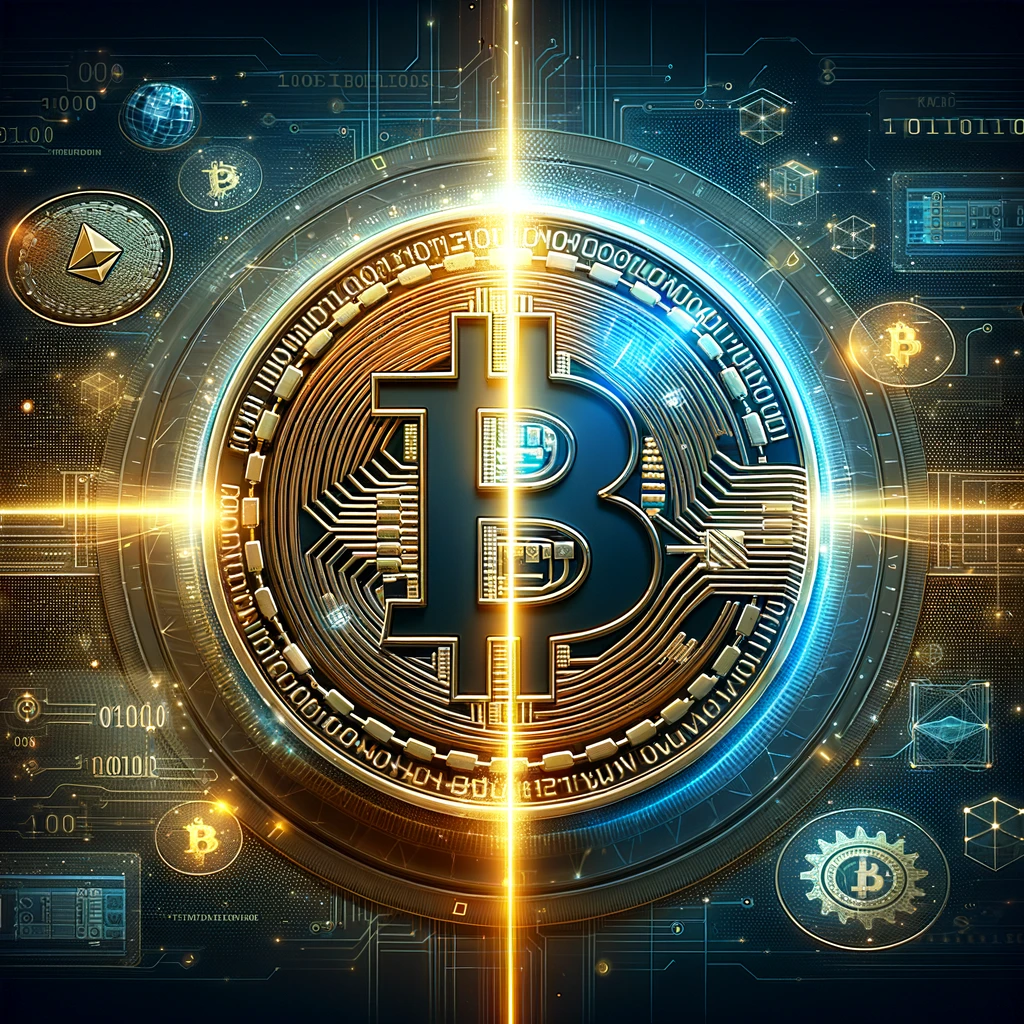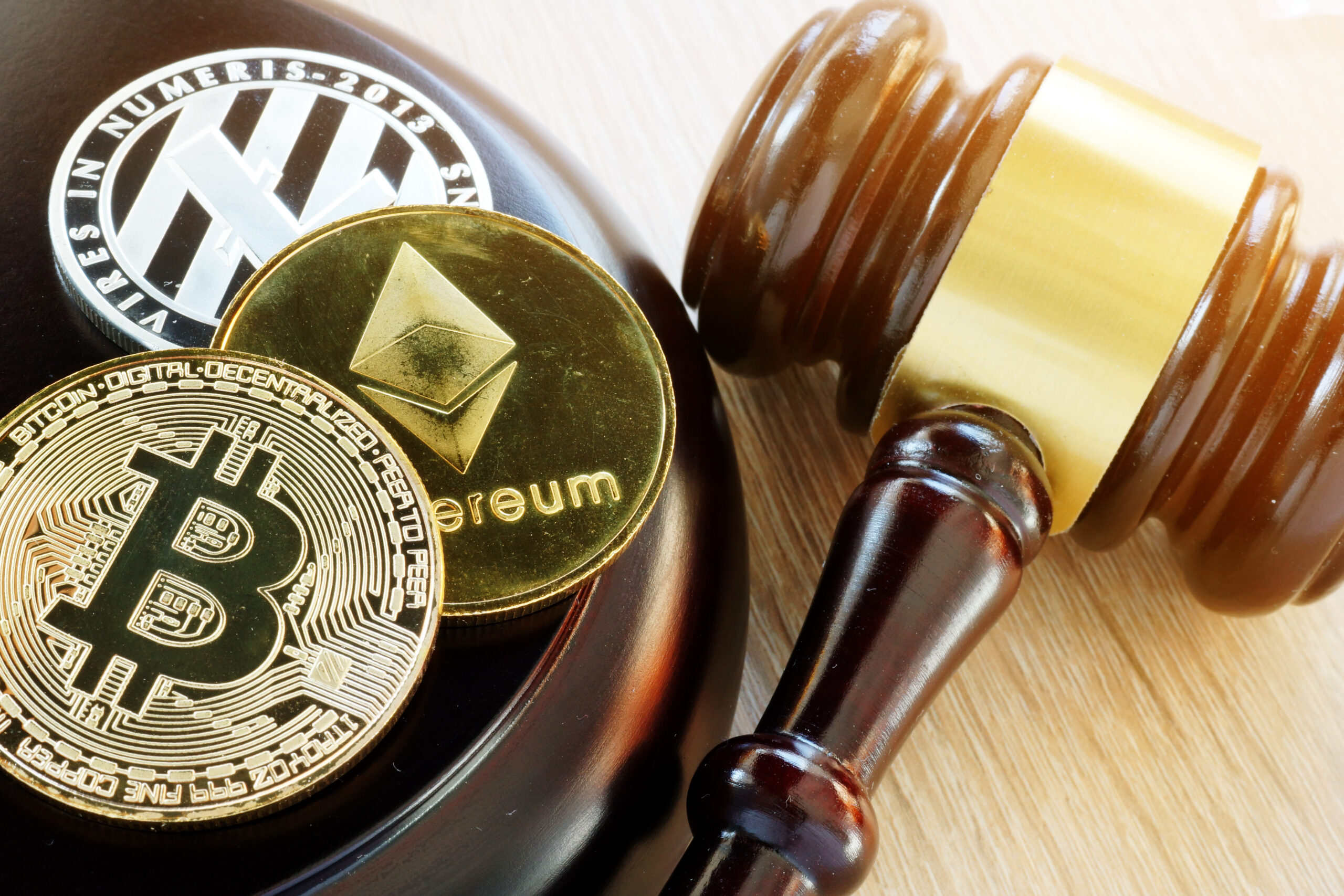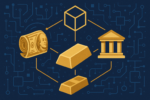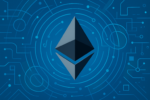Introduction: A New Era of Tokenization
Crypto began with native digital assets like Bitcoin and Ethereum, but now a new frontier is emerging that blends traditional finance with blockchain: Real World Assets (RWAs).
From tokenized U.S. Treasury bills to real estate and commodities, RWAs are reshaping how investors earn yield, allocate capital, and build diversified portfolios on-chain. In 2025, RWAs are becoming one of the most investable trends in crypto — with institutional support and real revenue behind them.
If you’re a crypto investor looking to maximize profits while staying ahead of the curve, this article will show you why RWAs matter, which protocols to watch, and how to get in early.
What Are Real World Assets (RWAs) in Crypto?
Real World Assets are traditional, tangible, or regulated financial instruments that have been tokenized on the blockchain.
Examples of RWAs:
- Tokenized U.S. Treasuries (e.g., via Ondo, Backed, Matrixdock)
- Real estate properties
- Corporate debt
- Commodities (like gold, carbon credits)
- Invoices and trade finance instruments
These assets live on-chain but are backed 1:1 by their real-world counterparts, with smart contracts governing access, distribution, and yield.
Key Benefit: RWAs allow crypto users to tap into stable, real-world yield without ever leaving the blockchain ecosystem.
Why RWAs Are Exploding in 2025
1. High Interest Rate Environment
As global interest rates remain high, tokenized T-bills are offering 4–5%+ yield, attracting stablecoin holders and DAOs looking for low-risk returns.
2. Institutional Involvement
Major institutions are entering:
- BlackRock launched the BUIDL tokenized fund on Ethereum.
- Franklin Templeton and WisdomTree have issued tokenized treasuries.
- JPMorgan has experimented with tokenized collateral and settlements.
3. Stablecoin Competition
Stablecoins like USDC and USDT don’t generate yield for holders. Protocols offering tokenized RWAs with yield are becoming more attractive alternatives.
4. DeFi Revenue Pressure
DeFi protocols need sustainable revenue models. RWAs offer real income that isn’t tied to volatile trading fees.
5. Regulatory Clarity (Somewhat)
While still evolving, RWAs are attracting interest because they are easier to regulate and understand for financial authorities than speculative tokens.
Top Platforms for RWA Exposure
Here are leading protocols and tokenized assets worth watching in 2024:
1. Ondo Finance
- Offers tokenized U.S. Treasuries and bonds.
- Yield: ~5% on OUSG (Ondo US Government Bond Fund).
- Partners include BlackRock and Coinbase.
2. Maple Finance
- Provides undercollateralized loans and real-world lending.
- Recently expanded into RWAs with institutional borrowers.
3. Centrifuge
- Tokenizes invoices, credit, and real-world liabilities.
- Connects DeFi liquidity to TradFi borrowers.
- Backed by Aave, MakerDAO, Coinbase Ventures.
4. Backed Finance
- Issues tokenized versions of real-world ETFs and stocks.
- Fully regulated under Swiss law.
5. Superstate & Matrixdock
- Offer U.S. treasury-backed tokens with verified reserves.
- Target institutions and high-net-worth individuals.
How to Profit from RWAs as a Crypto Investor
Let’s break this into actionable strategies:
1. Earn Passive Yield on Stablecoins
Instead of parking USDC or USDT on-chain earning nothing, investors can:
- Deposit into protocols like Ondo to earn 4.5%+ yield.
- Use these yield-bearing tokens as collateral in DeFi.
2. Buy RWA-Exposed Tokens Early
Some protocols have native tokens (e.g., ONDO, CFG, MPL) that may benefit from:
- Increased Total Value Locked (TVL)
- Protocol revenue from RWA products
- Market narrative tailwinds
Example: ONDO token surged in early 2024 due to growing interest in tokenized treasuries.
3. Look for Governance and Fee Sharing
Some protocols distribute real yield or revenue to token holders. If you’re holding a governance token, check:
- Does it accrue protocol fees?
- Does staking it provide access to RWA yields?
4. Provide Liquidity in RWA Pools
- Platforms like Centrifuge let users provide liquidity to tokenized invoices or loans.
- Yields are often higher (7–10%), but come with borrower risk.
5. Identify Undervalued Ecosystem Plays
RWAs often integrate with:
- Lending platforms (e.g., Aave, Compound)
- Layer 2s (e.g., Base, Optimism)
- DAOs (e.g., MakerDAO, which invests in RWAs via DAI vaults)
Look for second-order investments, like L2s or wallets enabling RWA access.
Risks of RWA Investing
While RWAs bring more legitimacy and stability to crypto, they’re not without risk.
1. Custodial Risk
- Most RWAs are held by centralized custodians.
- If the custodian fails, access to assets could be blocked.
2. Regulatory Uncertainty
- RWAs might face stricter regulation, especially in the U.S.
- Some tokens may be reclassified as securities.
3. Liquidity Constraints
- Unlike native crypto tokens, some RWA tokens are less liquid.
- Selling or redeeming may have lock-up periods.
4. Counterparty Risk
- For invoice financing or undercollateralized loans, you’re exposed to borrower default.
Pro tip: Always research who the custodian is, whether the product is audited, and how redemptions work.
RWA Investing Checklist (Before You Jump In)
Before committing capital, ask these questions:
| Question | Why It Matters |
|---|---|
| Who is the custodian? | Trust and custody risk |
| Is the token fully backed? | Prevents rug pulls or insolvency |
| Is the protocol audited? | Smart contract risk |
| Can I redeem the token? | Liquidity and exit options |
| Is the yield sustainable? | Avoid Ponzi-style returns |
The Future of RWAs: What’s Coming Next?
1. Tokenized Stocks and ETFs
Imagine trading Apple, Tesla, or the S&P 500 directly on-chain. This is already happening via Backed Finance and others.
2. RWA ETFs in Crypto Wallets
Wallets like MetaMask or Coinbase Wallet may soon integrate RWA tokens directly.
3. DAO Treasuries in RWAs
More DAOs are allocating part of their treasury into yield-bearing RWAs instead of holding only crypto.
4. RWA Index Products
Expect tokenized indexes of real-world assets — like a basket of global bonds or real estate — made available to DeFi users.
5. Institutional Adoption at Scale
With BlackRock and others experimenting in this space, expect more traditional financial players to issue or trade tokenized RWAs.
Conclusion: RWAs Are Quietly Building the Future of Finance
While everyone talks about meme coins and market cycles, the smartest money in crypto is rotating into RWAs.
Why?
- Real yield
- Real assets
- Real use cases
As crypto matures, RWAs could become the bridge between DeFi and TradFi, unlocking trillions in liquidity.
Getting in early means understanding the platforms, managing the risks, and positioning capital where value meets utility.
